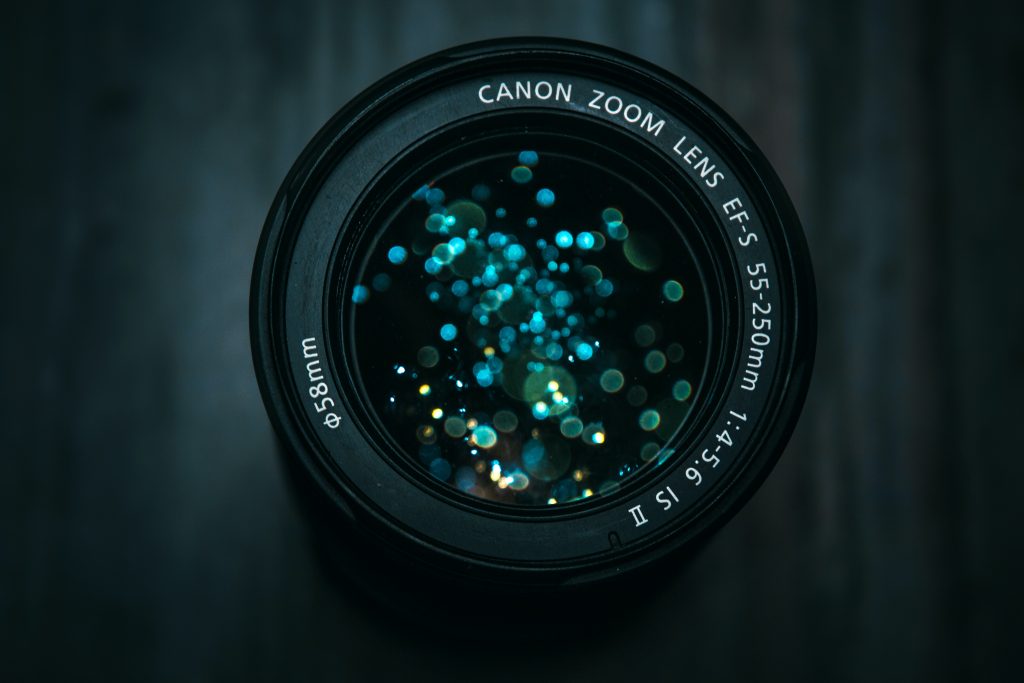Aperture and focal length are some of the first concepts a photographer has to know. They are defining the parameters of the lens and influence framing, composition, and exposure. And although you can treat aperture and focal length as individual parameters, there is a strong relationship between them. Knowing how aperture and focal length work together helps you choose the lens wisely and take better photos.
What is Focal Length?
Focal length dictates how strongly a lens converges the light. In other words, it measures the distance in millimeters between the lens and the focal point on the sensor.
When the light has to travel a long way to reach the focal point, the lens has a long focal length. As a result, the lens has a narrower field of view, meaning you can capture less of the scene in front of you.
When the light has to travel a short distance to reach the focal point, the lens has a short focal length. As a result, the lens has a wider field of view, meaning you can capture more of the scene in front of you.
What is Aperture?
Aperture controls the opening in the lens’ diaphragm that lets light pass through and reach the sensor. If the diameter of the opening is large, more light will reach the sensor, and the resulting image will be bright. If the diameter of the opening is small, less light will reach the sensor, and the resulting image will be dark.
What is the Relationship between Aperture and Focal Length?
The aperture is measured in f-numbers (or f-stops). An f-number is a ratio between the focal length and the diameter of the diaphragm’s opening. So, when you set the aperture, you actually set the opening of the diaphragm in relation to your current focal length. The combination of the two will let a certain amount of light pass through the lens.
For example, an f/5.6 f-number for a focal length of 200mm means a 36mm diameter diaphragm opening. The same f-number for a focal length of 50mm means a 9mm diameter diaphragm opening. However, the same amount of light will pass through the lens.
As the opening in the diaphragm is physically limited, lenses with short focal lengths feature smaller f-numbers than lenses with long focal lengths. As a result, they are faster. Large apertures allow more light to enter the camera and give you the possibility to use faster shutter speeds in low lighting conditions.
The maximum aperture (lowest f-number) of a lens is usually mentioned in its name (e.g., Nikon AF-S NIKKOR 300mm f/2.8G ED VR II). You’ll notice that zoom lenses don’t provide the same maximum aperture for their entire focal length range (e.g., Canon 55-250mm f/4-5.6). The longer the focal length is, the harder and more expensive to fabricate a lens with a wide aperture.
Photo by CHUTTERSNAP on Unsplash
Depth of Field
Aperture and focal length also affect the depth of field. Wide apertures and long focal lengths create a shallow depth of field. Narrow apertures and short focal lengths create a deep depth of field. But when you mix narrow apertures and long focal lengths or wide apertures and short focal lengths, their combined effect on depth of field differs from case to case.
It takes lots of practice to reach the perfect recipe for each type of photography. But when you understand the logic behind each parameter, it becomes much easier to choose the correct lens and settings for your artistic purpose.
Cover photo by Dollar Gill on Unsplash

